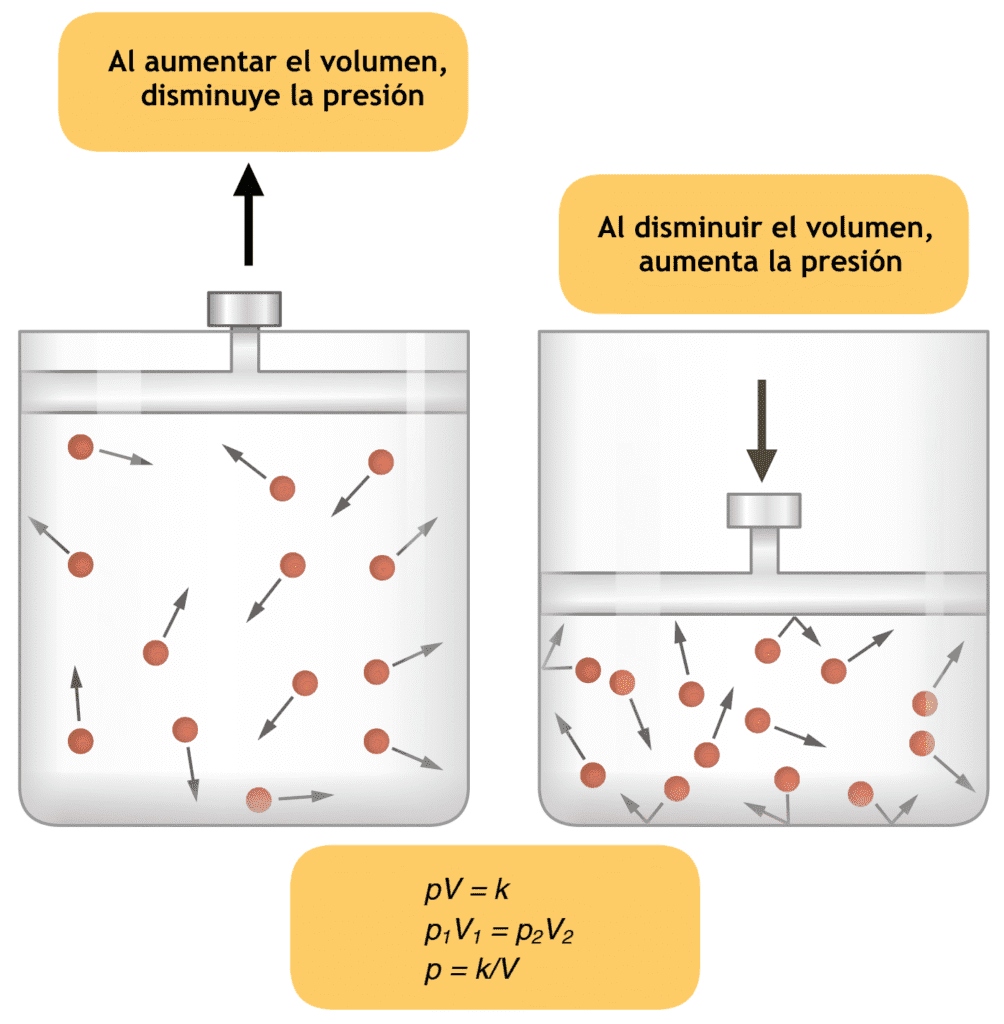The effect of Halothane on the liver is that it causes hepatitis called as halothane hepatitis. Incidence of massive hepatic necrosis as a result of halothane hepatitis is 1 in 35,000.
Risk factors for halothane hepatitis are:
- Multiple exposures is single most important factor.
- Hypoxia.
- Middle age.
- Obesity.
- Females.
- Patient with other autoimmune diseases.
Pathologic lesion in halothane hepatitis is centrilobular necrosis.
Etiology of halothane hepatitis:
There are number of theories as to why halothane hepatitis occurs:
- Direct hepatocellular injury by metabolites has been suggested as a cause for halothane hepatitis. Reductive metabolites are more dangerous than oxidative.
- Decreased blood supply because of decreased cardiac output.
- Immunologic mechanism: This is most acceptable theory now a days because halothane hepatitis is common after repeated exposures, seen more in patients with other coexisting autoimmune diseases and antibodies against liver cells can be detected in serum.
Based on above observations guidelines for use of halothane are:
i. Avoid repeated use, at least an interval of 3 months should be given between two exposures.
ii. Chronic pre-existing liver disease is not a contraindication to use of halothane (acute liver disease is as such a contraindication for anesthesia and surgery)
iii. Single administration does not cause severe liver damage.
iv. Incidence of halothane hepatitis is less in children so can be used safely in children.
v. Hypoxia is not at all permissible with halothane as hypoxia increases severity of hepatic damage.
vi. Avoid in patients with coexisting autoimmune diseases.
Miller’s Anesthesia 7 th edition says the following about halothane hepatitis –
Volatile halogenated inhaled anesthetics have been associated with hepatotoxicity since the introduction of chloroform in 1847.
Chloroform, as well as carbon tetrachloride and trichloroethylene, were all abandoned as anesthetic agents because of the often observed hepatotoxicity associated with their use. With the introduction of halothane into clinical practice in 1956, this compound quickly gained widespread acceptance and use.
Halothane was the first of the fluorinated alkane anesthetics and represented a major advance in general anesthetics because it was safe, nonflammable, nonexplosive, and well tolerated by patients. However within 2 years of its introduction, numerous reports of hepatotoxicity and massive and often fatal hepatic necrosis associated with its use appeared in the medical literature.
As a result of continuing reports, a large retrospective analysis was undertaken, “The National Halothane Study,” under the auspices of the Committee on Anesthesia of the National Academy of Sciences National Research Council.
The purpose of this study was to compare the mortality and incidence of postoperative hepatic necrosis associated with halothane with that of other general anesthetics (ether, cyclopropane, and balanced anesthesia).
The study reviewed 865,515 general anesthetics from 1959 to 1962 at 34 medical institutions and identified 82 cases of fatal hepatic necrosis. Drug-induced hepatic injury was suggested in nine of these cases, and seven of the nine patients had received halothane.
Furthermore, four of the seven patients had received halothane on more than one occasion during the preceding 6 weeks. The study concluded that the mortality associated with the use of halothane compared favorably with that of other general anesthetics in use at the time and estimated the incidence of fatal hepatic necrosis associated with halothane to be 1 in 10,000 halothane anesthetics.
It was further concluded that “unexplained fever and jaundice in a specific patient following the use of halothane should serve as a warning sign to avoid its subsequent use in that patient.”
These findings provided the impetus for much of the work done over the past 50 years on the etiology of inhaled anesthetic hepatotoxicity, which is now accepted as a distinct clinical entity.
Indeed, several hundred cases of hepatotoxicity have been attributed to halothane and approximately 50 cases to enflurane, but the incidence appears to be even lower with isoflurane and desflurane.

